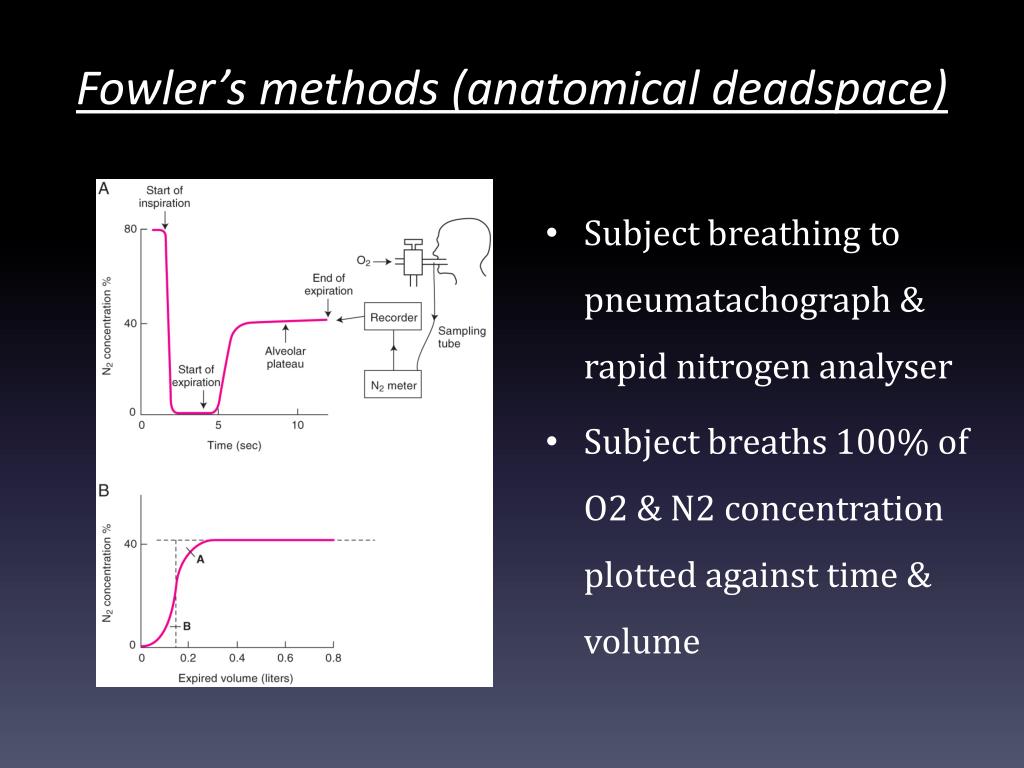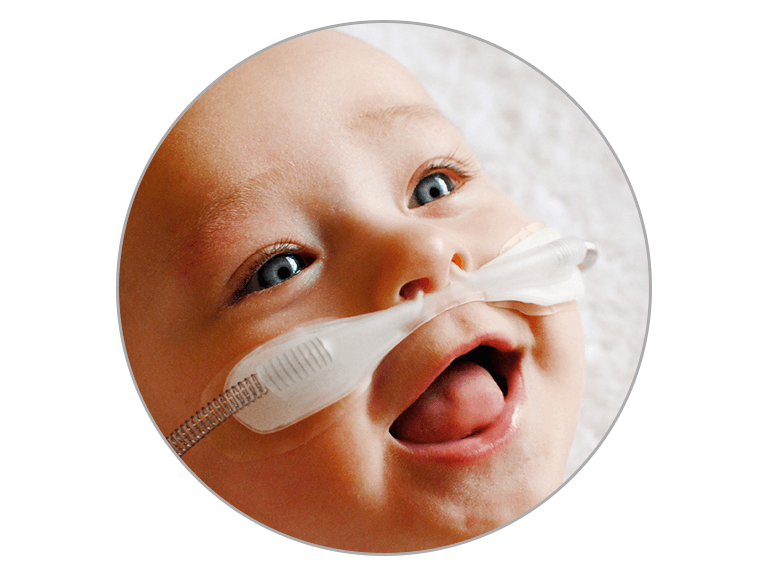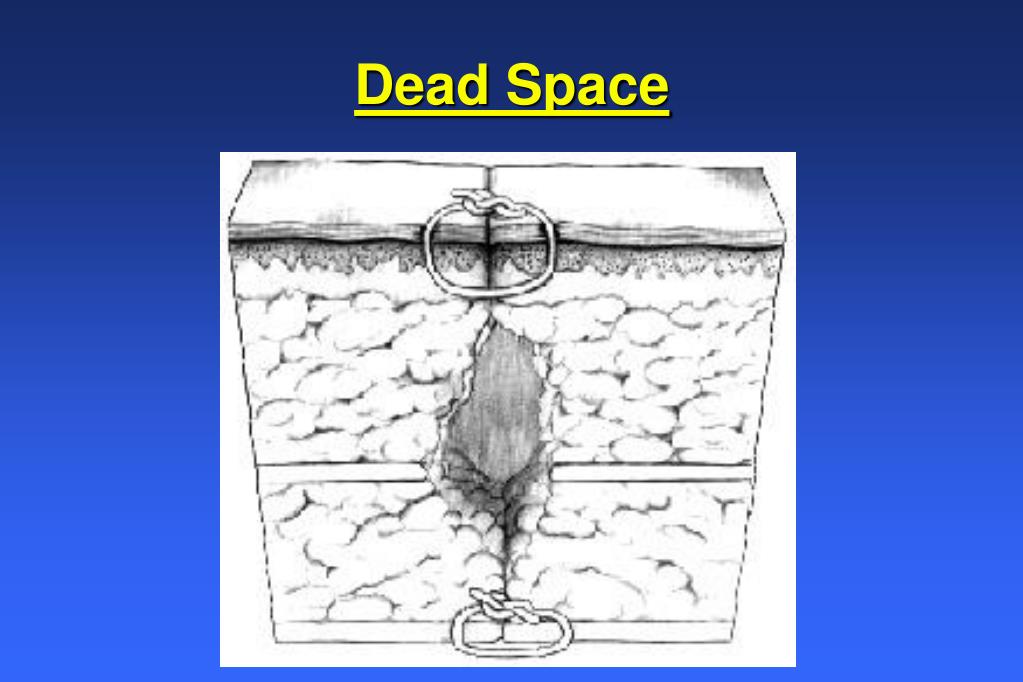

This gas exchange happens through means of diffusion (movement from areas of higher to the lower concentration of a substance). Gas exchange between the alveoli and the pulmonary capillaries occurs across the respiratory membrane. What Happens to the Lungs During Exercise? Because of this dead space, deep, slow breaths allow for greater oxygen utilization. With deeper breathing, tidal volume increases to a greater extent than the anatomical dead space. Since the respiratory passages (nose, mouth, trachea, bronchi, and bronchioles) are not used for gas exchange these areas are called anatomical dead space. During exercise, tidal volume (the amount of air inhaled or exhaled in a single breath) can increase to more than 3 times the rate of breathing at rest. Minute ventilation (volume of air breathed per minute) increases by increasing the rate and/or depth of breathing.

Why Does Your Breathing Rate Increase During Exerciseĭuring aerobic exercise, both oxygen uptake and carbon dioxide production are increased. People who live at high altitudes do not have higher ventilation rates, they have greater numbers of alveoli, a higher lung vascularization (better blood flow to and from the lungs), produce more red blood cells or RBCs (which carry more O2 to tissues and CO2 from the cells following tissue breakdown), and have greater levels of hemoglobin (the oxygen-carrying part of the RBCs) with a greater affinity for oxygen. The body compensates by increasing the rate of ventilation through hyperventilating, increasing the rate of cellular respiration, and decreasing the capacity to do work.

Gas exchange occurs by diffusion (movement from an area of high concentration of a substance to an area of low concentration).Īt high altitudes, the partial pressure of oxygen in the atmosphere declines, making it more difficult to get sufficient oxygen to diffuse into the capillaries. Gas exchange (or respiration) occurs within a dense network of minute blood vessels (pulmonary capillaries) which surround the alveoli. What is Gas Exchange in the Body, and Why is it Important?


 0 kommentar(er)
0 kommentar(er)
